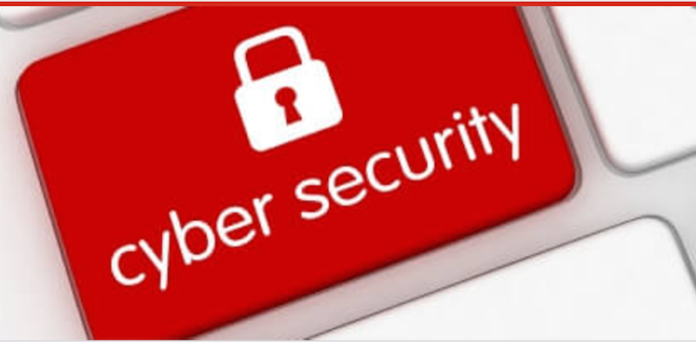

This post was originally published here by gregg rodriguez.
Creating a culture of cybersecurity has become more critical than ever. Why?
Consumers and businesses have become extremely dependent on data. Everything we do online generates data, from your searches to what you save to the cloud to what you share on social media.
By 2020 the new information generated for every human being will be approximately 1.7 megabytesevery second!
The ability to manage your life and conduct business from your phone, laptop, or other digital devices is driving the need to access, share and store our growing abundance of data. More importantly, whether you are aware of it or not, it’s driving a greater need to continually find better ways of securing and protecting all that data.
As part of the 15th annual National Cybersecurity Awareness Month (NCAM), this is one of two posts I’ll be writing to help you gain insight into some basic cybersecurity best practices you should consider as part of your cybersecurity program.
Cybersecurity is Now Everyone’s Responsibility
Not long ago, cybersecurity was relegated to CIOs, CTOs, and cybersecurity practitioners, but daily data breach headlines have made IT and cloud security a major concern and topic of discussion across the enterprise, from the boardroom on down. So it’s now critical that each and every one of us do our part to protect our data and ensure that everything we do online is secure. (Both in our homes and in the workplace.)
A study by Ivanti, showed that only one-third of businesses have full visibility into their IT environment (physical, virtual, online, offline, etc.). And while almost half (46%) have partial visibility, 18% have no visibility or reporting capabilities at all.
Three Keys to Creating a Culture of Cybersecurity
Prioritize Security Visibility to Reduce Risk: What assets do I have and what needs to be protected? Gaining full security visibility into your assets and the potential issues that may exist around them is key to securing them. If you’re looking to reduce security risk for your organization, security visibility is the best place to start.
Investigate and Learn from All Cybersecurity Incidents: What happened? How did it happen? How do we prevent it from happening again? When a cybersecurity threat incident takes place, you should gain as much context about it in order to respond quickly and effectively.
Unfortunately, sifting through network and log data to figure out what happened can be extremely time-consuming and difficult to sort through. Having a cybersecurity solution that automates collection of security and event data can help make this process much faster and easier. Better still, it gives the ability to easily scale the process as your number of assets expands.
Document and Communicate Cybersecurity Policies: What are the corporate and individual security measures, best practices and supporting behaviors we should adhere to? How does our security influence what we do for our customers?
The workplace is continuing to change at a rapid pace as more people work remotely, more devices are connected to corporate networks and more workloads are moved to the cloud. This will continue to change the nature of cybersecurity and add to its complexity.
To reduce some of that complexity, security leaders should ensure that everyone across an organization is aware of what potential threats exist and what proactive measures exist to avert them, as well as what to do if you are exposed.
Cultivating a culture of cybersecurity will require regular security updates and consistent tips and reminders to promote the necessary behaviors to drive change and make security second nature to your corporate culture.
If you don’t already have security visibility into your cloud infrastructure assets, learn more about how Halo Cloud Secure can help you reduce your cybersecurity risk. You can read more about our security solution with broadest and deepest coverage for AWS here, or request a customized demo.
Photo:Neo4j





















